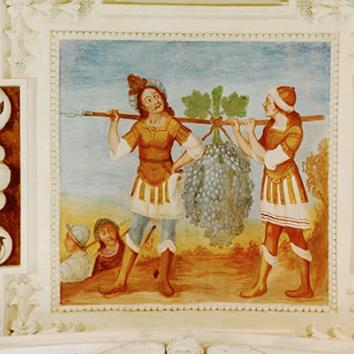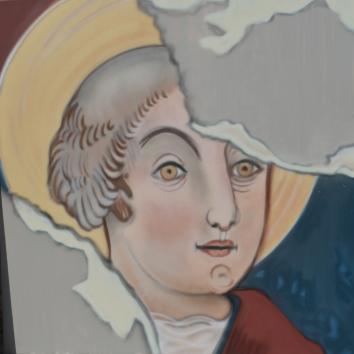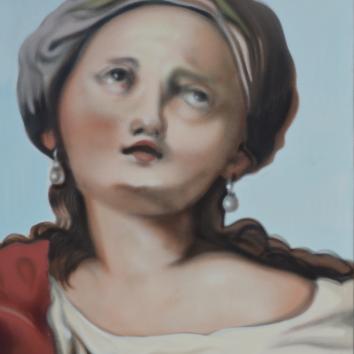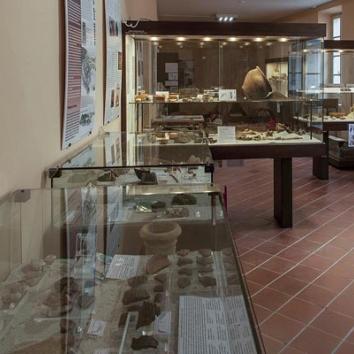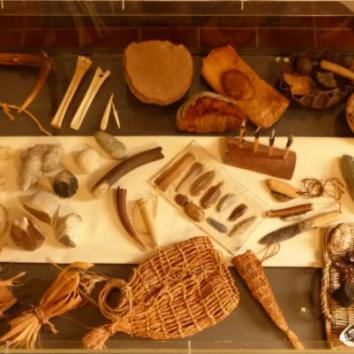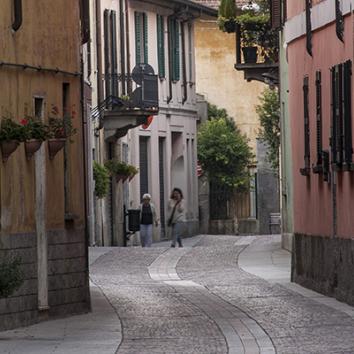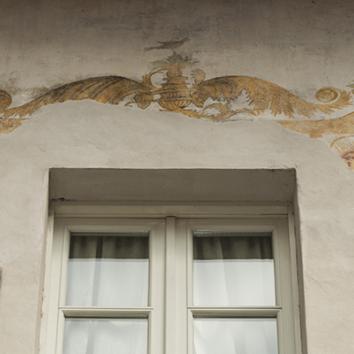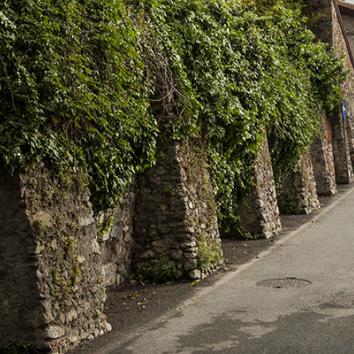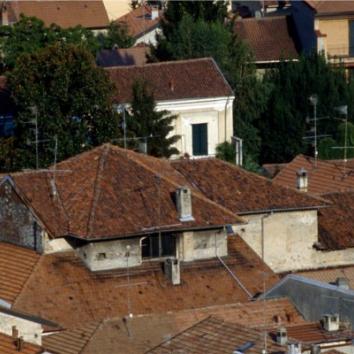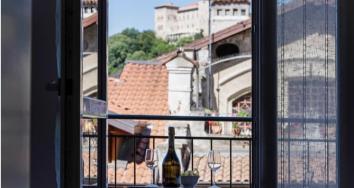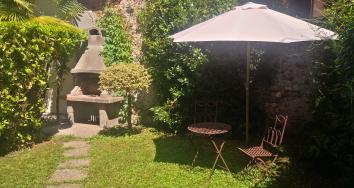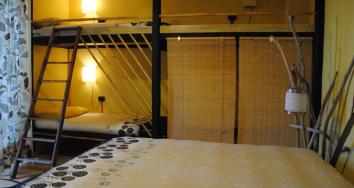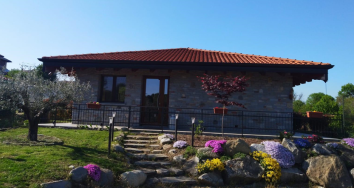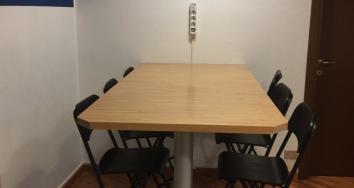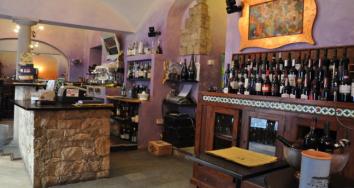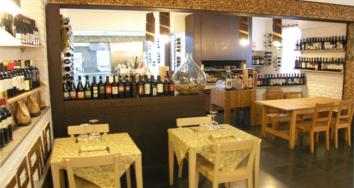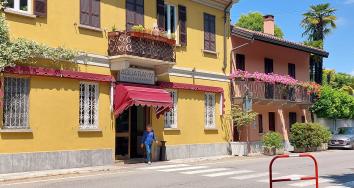Parish Church of Santa Maria Assunta
Site n. 2 - Angera Open Air Museum
14th-20th century
The parish church of Santa Maria Assunta is largely built of the pale-coloured Angera Stone which is characteristic of Angera's principal monuments. The present building stands on a previous church dedicated to Santa Maria, extant since at least the 14th century. The current façade is the result of an early 20th century rebuild by the architect Cesare Nava. Above the entrance there is a lunette with a fresco of the Assumption of the Virgin attributed to Morazzone (Italian painter 1573-1616).
The interior, with nave and side aisles, was completely rebuilt and frescoed in the early 20th century by Enrico and Edoardo Volonterio. Near the entrance, in the left aisle, is the old baptistery, made in 1768 by Mastro Antonio Merzagora of Angera. At the sides stand two statues in Angera Stone traditionally held to portray saints Peter and Paul; one of these is poorly preserved. Recent studies date them to the early 16th century, together with the statue of a woman at prayer housed in the Archaeological Museum.
In the right aisle, in the chapel dedicated to the Madonna Addolorata, stands a wooden statue of the Madonna dei Sette Dolori dating to the Renaissance period which comes from the ex-Convent of Santa Caterina.
Near the altar stands a wooden pulpit made in 1688 by Giovan Battista Besozzi. The fine carved decorations depict three episodes in the life of the Virgin Mary: the Nativity, the Dormition and the Assumption.
The same sculptor also created the choir, a notable furnishing of the parish church that may be seen in the area of the apse. The apse walls show a series of paintings made in the early 1900s by Monsignor Polvara, of the school of Fra Angelico. The altar is a fine recent piece, made in the 20th century and designed by the architect Michele De Lucchi.
The old vestry contains a small cape belonging to Saint Carlo Borromeo that was given to the people of Angera by the other cardinal in the Borromeo family, cousin Federico.
In 2001 archaeological excavations conducted beneath the floor in front of the presbytery revealed the presence of medieval burials and the Early Christian cemetery of the ancient church of Sisinnio, Martirio and Alessandro. Finds included a 6th century gravestone belonging to Maraotes, the first Christian of Angera whose name is known, but who was born in Syria. The gravestone is on display in the Civic Archaeological Museum, 2 Via Marconi.




